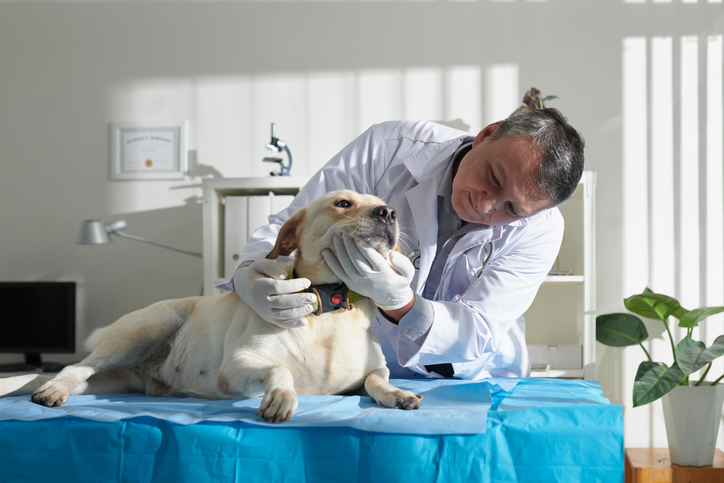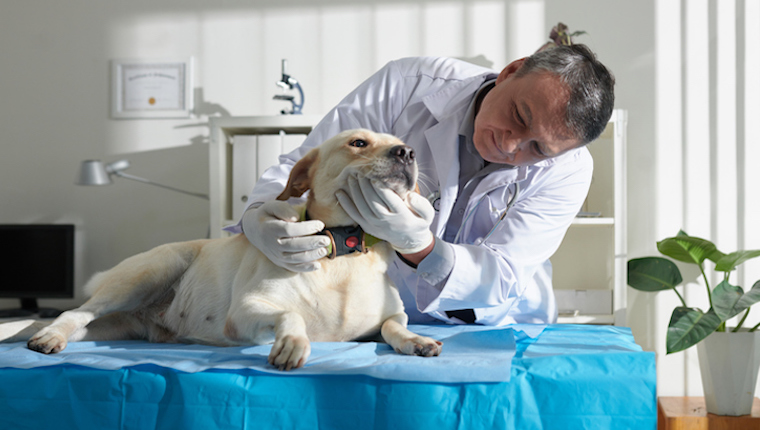
Paralysis of the jaw in dogs is a medical condition that prevents a dog from being able to close their jaw. The condition can lead to eating problems.
Unfortunately, the precise cause of the condition is unknown.…


Paralysis of the jaw in dogs is a medical condition that prevents a dog from being able to close their jaw. The condition can lead to eating problems.
Unfortunately, the precise cause of the condition is unknown.…



